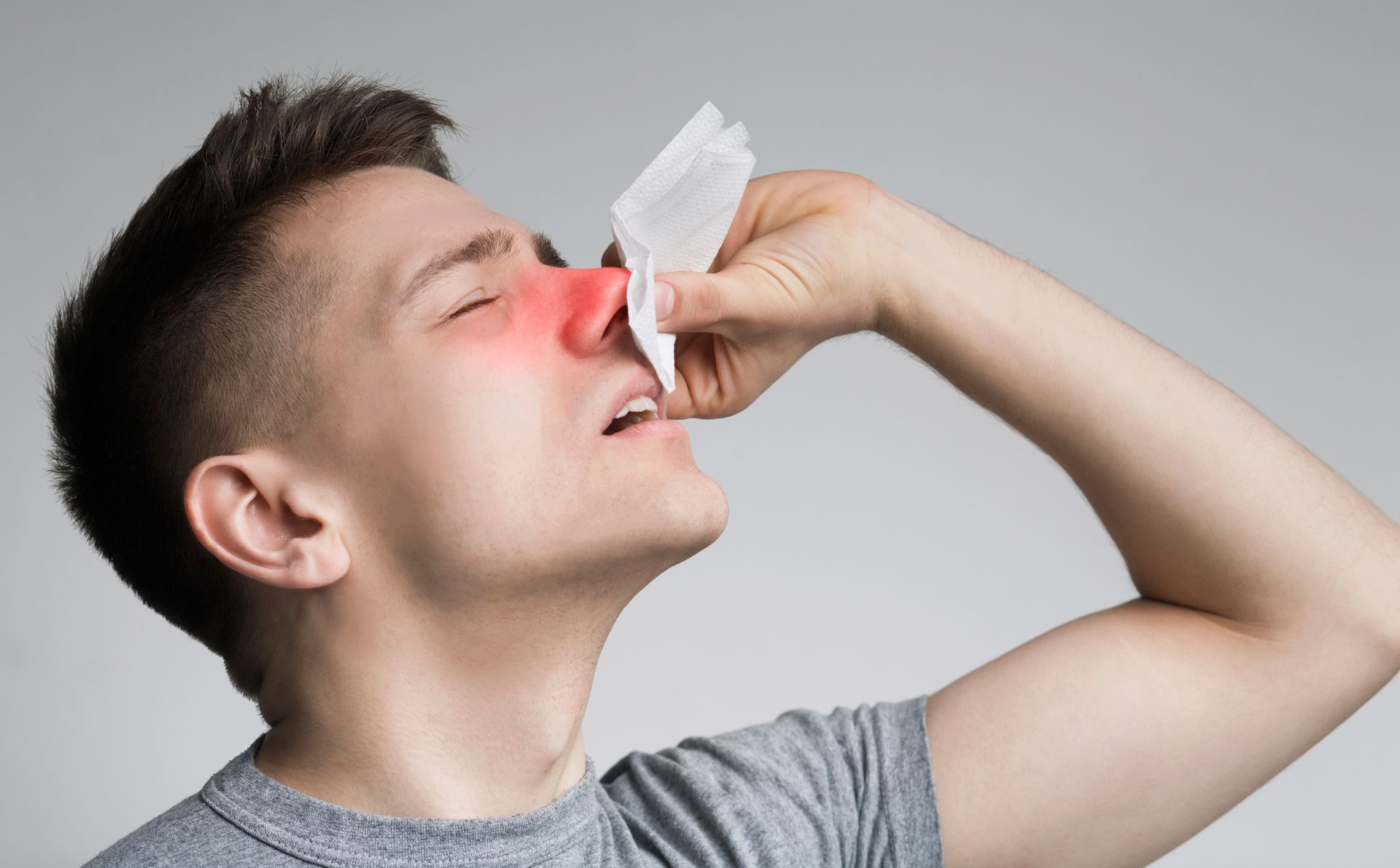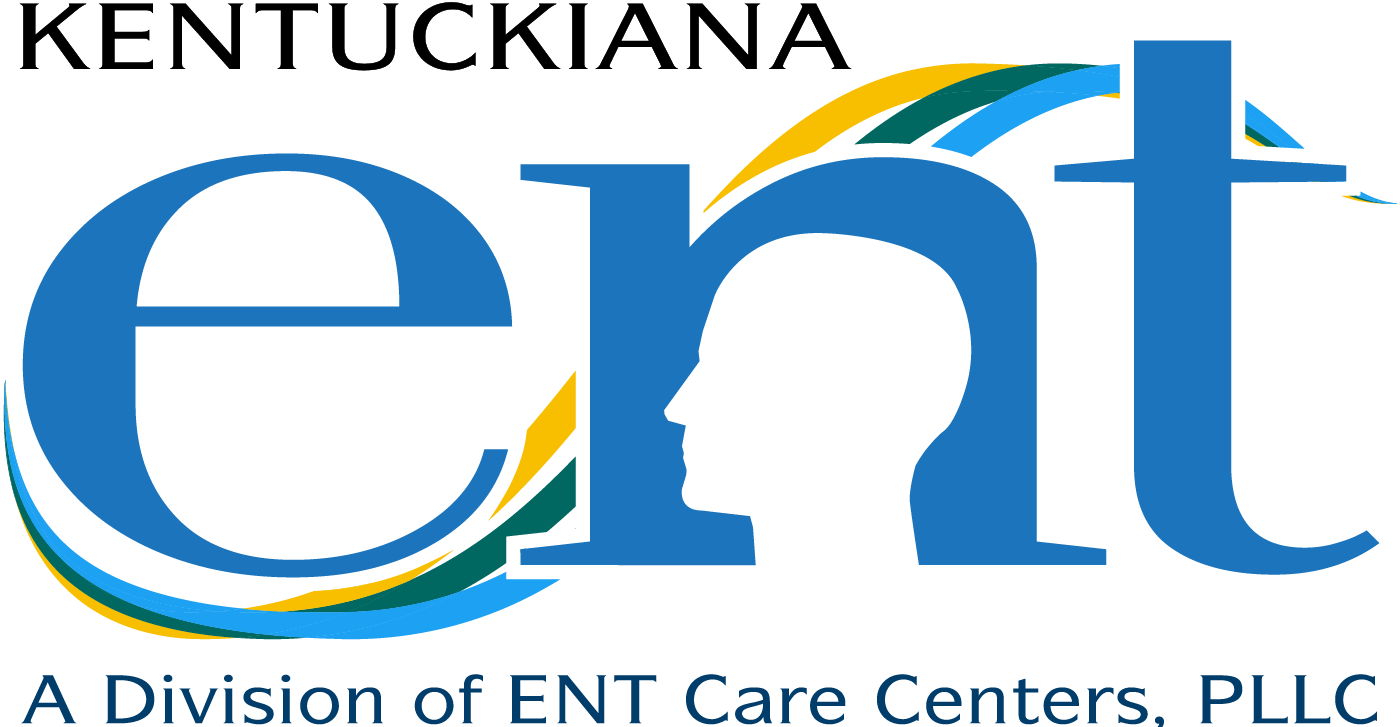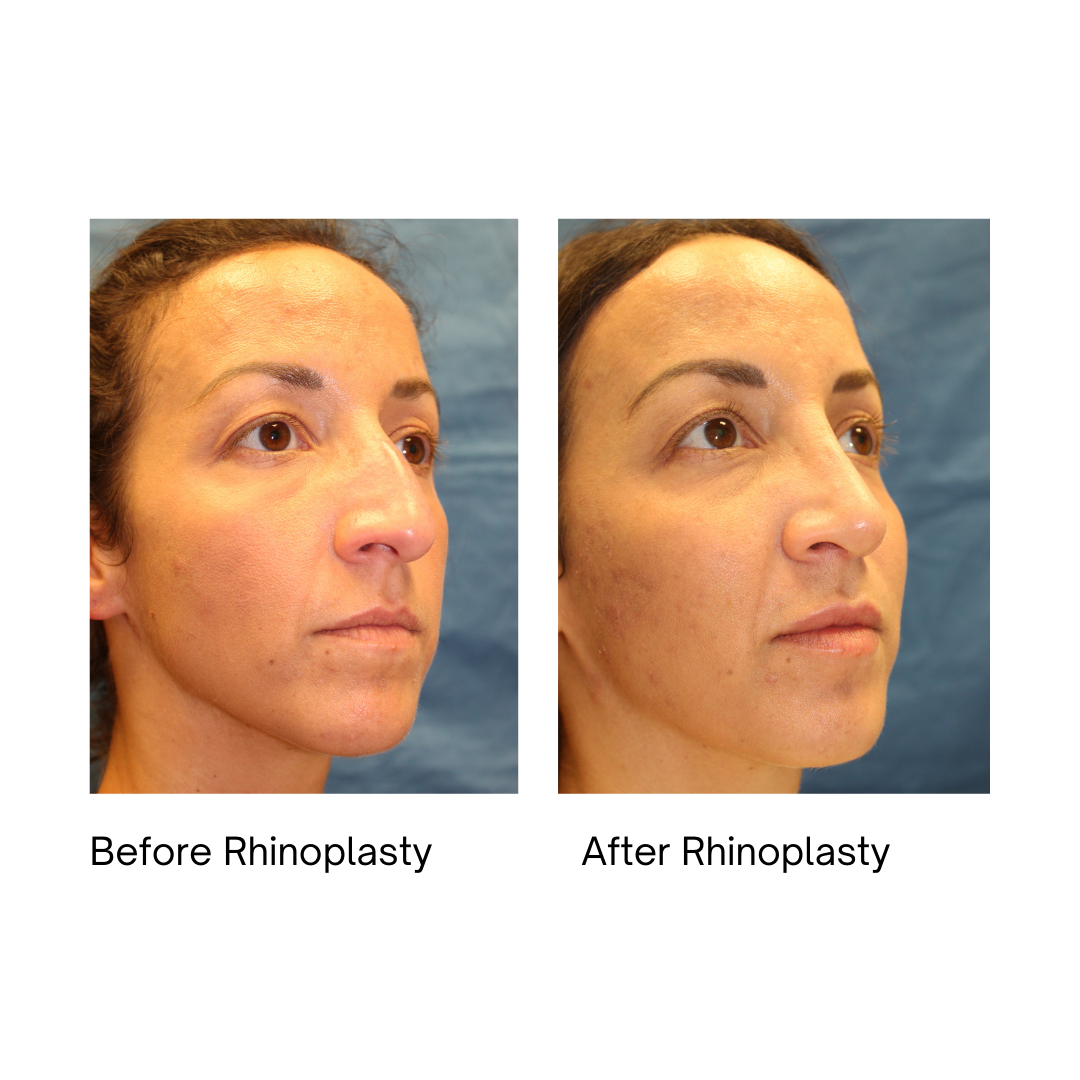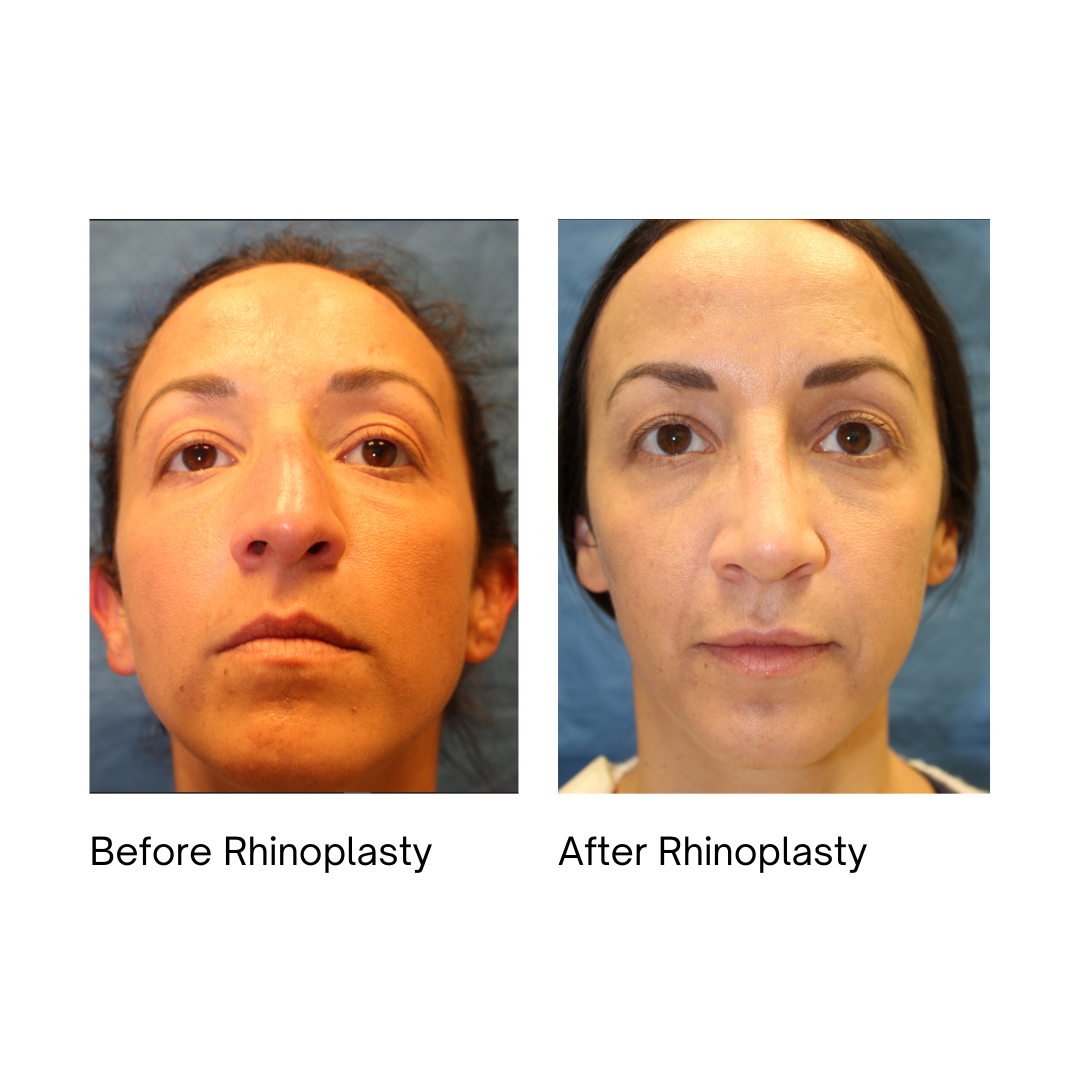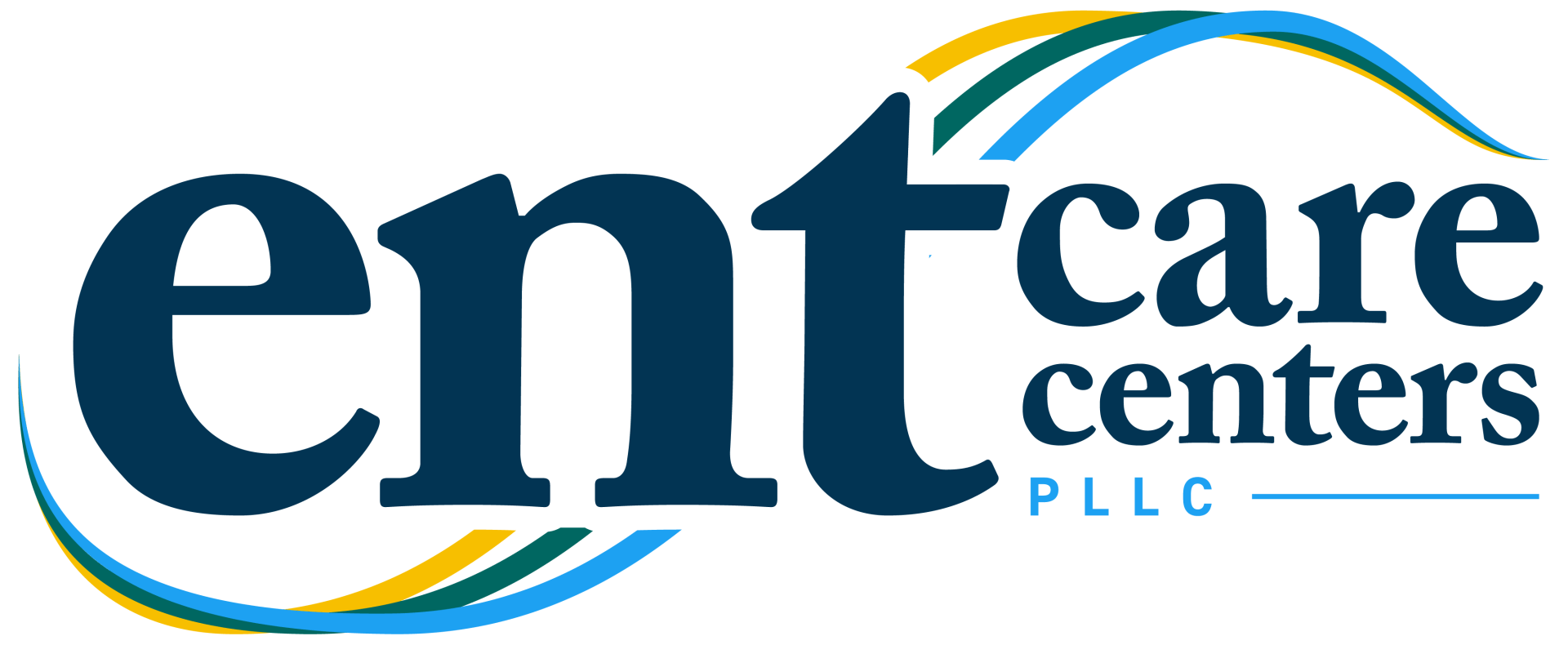What is a Rhinoplasty?
Rhinoplasty is one of the most popular types of cosmetic surgery procedure. A rhinoplasty procedure, or a nose job, is surgery that changes the size, shape or proportions of your nose. It is done to repair deformities from an injury, to correct a birth defect or improve some breathing difficulties due to deviated septum or other nasal obstruction.
Introduction
Rhinoplasty, also known as a nose job, is a surgical procedure that alters the shape or appearance of the nose. It is commonly used to improve the contour and breathing of the nose. Cosmetic rhinoplasty can also be used to balance the features of the face.
The History of Rhinoplasty
Rhinoplasty can be traced back to 3000 BCE in ancient Egypt when a common punishment for criminals was cutting off the nose. The interest in nasal surgery was documented in the 6th Century BCE by Indian physician Sushruta – widely regarded in India as the 'father of surgery.' In Venus Envy: A History of Plastic Surgery, Elizabeth Harken details one of the first recorded rhinoplasty procedures, performed in 1887 by American otolaryngologist Dr. John Orlando Roe.
Types of Rhinoplasty
There are two main types of rhinoplasty: closed and open. Closed rhinoplasty is when the surgeon makes incisions inside the nostrils and does not involve any cuts on the outside of the nose. Open rhinoplasty is when the surgeon makes an incision on the columella, which is the strip of tissue that separates the nostrils.
Who is a Good Candidate for Rhinoplasty?
The best candidates for this procedure are those who are in good overall health and have realistic expectations. The ideal candidate will also be someone who understands the risks and potential complications associated with the surgery.
The Consultation Process
A rhinoplasty, or nose job, is a cosmetic surgery procedure aimed at correcting the shape and/or size of the nose. The procedure can either make the nose larger, smaller, or even change its angle and shape. This can be done on the bridge of the nose, rectify any bumps or depressions, narrow the nostrils or change the tip of the nose. In order to ensure that you are a good candidate for this type of surgery and that your surgeon is qualified to perform it, you will need to schedule a consultation.
During your consultation, your surgeon will ask about your medical history and examine the bones and cartilage of your nose and face. He or she will also take digital photos. The photos will be used to create a "before" and "after" simulation so you can get an idea of what your results may look like. Once your consultation is complete, you and your surgeon can decide if a rhinoplasty is right for you.
The Procedure Itself
Rhinoplasty (RIE-no-plas-tee) is surgery that changes the shape of the nose. The motivation for rhinoplasty may be to change the appearance of the nose, to improve breathing, or to correct a birth defect. Rhinoplasty is performed either using a closed procedure, where incisions are hidden inside the nose, or an open procedure, where an incision is made across the columella (the fleshy tissue that separates the nostrils). Rhinoplasty can be performed as an outpatient procedure, or may require an overnight stay in the hospital.
After the Procedure: Recovery and Results
A Rhinoplasty is a common cosmetic outpatient procedure that can take up to a year for a full recovery. The initial results are typically seen after about a month; however, the final nose shape may not be completely visible for up to a year. Most patients see initial results after about a month with full recovery taking place within the first three months, however, some swelling can last for up to a year.
Risks and Complications Associated with Rhinoplasty
Rhinoplasty can be performed for medical or aesthetic reasons. Risks and complications associated with rhinoplasty include infection, scarring, bleeding, anesthesia risks, change in skin sensation (numbness or pain), difficulty breathing, and nasal septal perforation (a hole in the nasal septum).
The success of your surgery greatly depends on the rhinoplasty surgeon you select. Keep reading to know about the top choice for your nose surgery in Louisville, KY.
How Do You Choose the Best Rhinoplasty Surgeon?
1) Verify the Surgeon's Board Certification
Ensuring the surgeon is board-certified is the first step in the process of choosing a rhinoplasty surgeon. A doctor or surgeon who has earned board certification is someone who has completed the necessary educational requirements and passed the necessary tests to be granted a license to practice their specialty of medicine or surgery.
2) Find Out About the Surgeon's Experience and Expertise
Whether a surgeon is a worthy choice for your nose procedure or not is largely based on their rhinoplasty experience. It is critical to learn about the surgeon's training and how many rhinoplasty procedures they have completed in their professional careers.
3) Review of Patients
Examine the patient evaluations and reviews to determine the caliber of the surgeon's work and the proportion of happy patients.
About Dr. Bruce A. Scott, MD
The choice to get a rhinoplasty is a big one, and selecting the right surgeon is essential for the best outcomes. Dr. Bruce A. Scott, MD, is a qualified, highly trained cosmetic surgeon who will provide you with satisfying results and assure a successful procedure.
He has received accolades for his work as a surgeon and clinician, including numerous years as a "Top Doc" and "Top Surgeon" in Louisville Magazine, and is listed amongst the "Best Physicians in America." He has written more than 30 scientific publications and book chapters and served in a number of executive capacities for both the American Medical Association and the Greater Louisville, Kentucky, Medical Association.
Dr. Scott takes immense pride in improving the lives of his patients.
Conclusion
Rhinoplasty requires expertise to achieve a natural functional outcome. If you are considering rhinoplasty, request an appointment at Kentuckiana Ear, Nose and Throat and learn about their holistic approach to nose surgery.

